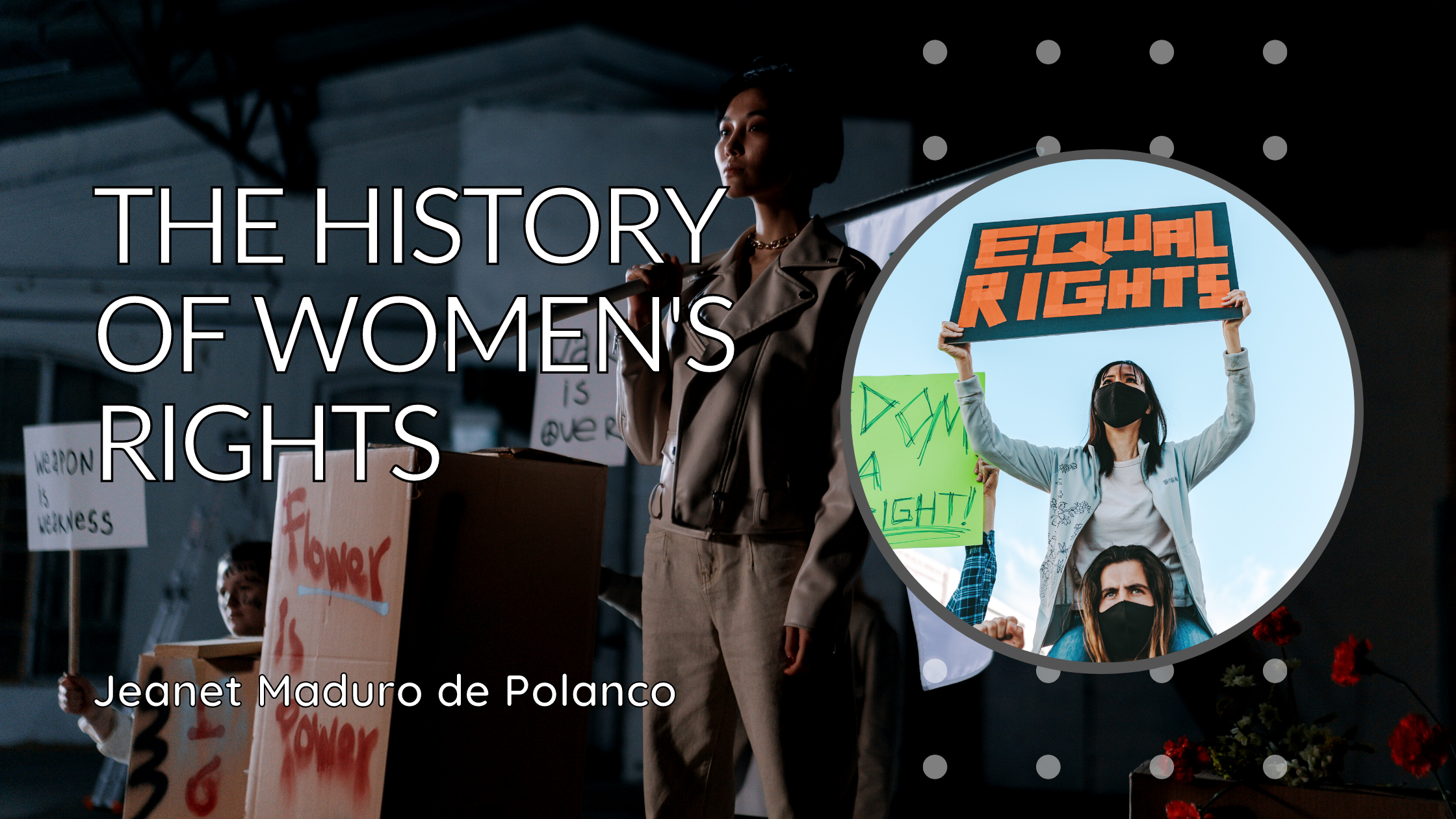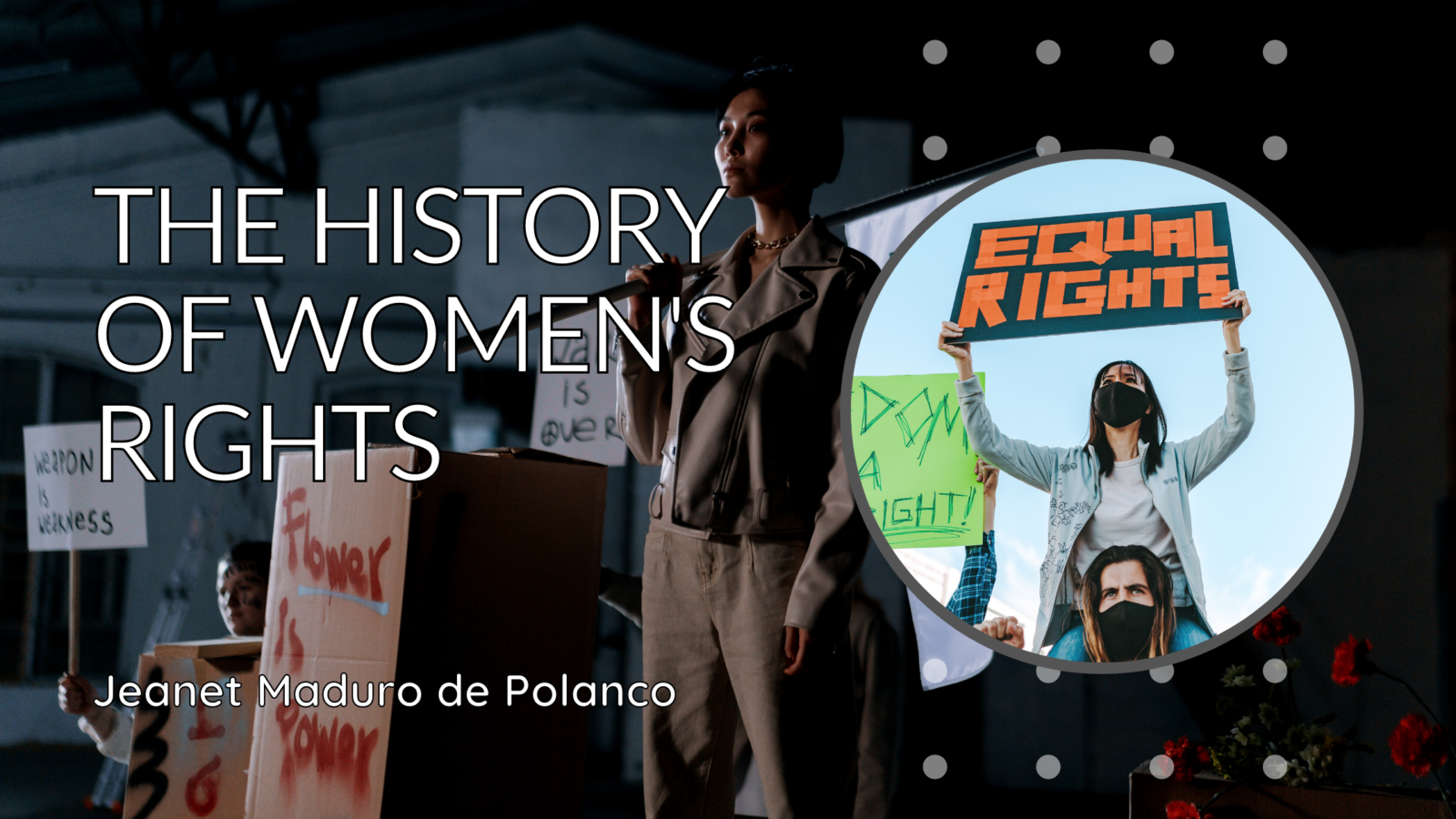
The Women’s Rights Movement was and is a call for equal rights. It is also known as the Women’s Liberation Movement, and it is the reason women have the rights they do today. This is not something to be taken for granted, so it is essential to know the history.
The fight for Women’s rights is the fight for fundamental human rights; the right to own property, vote, have reproductive rights and earn equal pay for equal hours worked. Throughout history, women have fought to better their lives.
On March 31, 1776, Abigail Adams wrote a letter to her future husband, John Adams. In this letter, she pleaded with him and the rest of the Continental Congress to forget about the women. She was concerned that too much power would land in the hands of men and had reason to be worried about the voice of women being heard.
It wasn’t until 1920 that women in America were finally given the right to vote. It was a long and challenging process to get to that point, and it cannot be easily summed up. Susan B. Anthony, Mathilde Franziska Anneke, Alice Stone Blackwell, Antoinette Brown Blackwell, and hundreds of other women and allies stood up for their rights time and time again.
Following that victory, there have been dozens of ups and downs for women’s rights. In 1932, Hattie Wyatt Caraway became the first woman ever elected to the U.S. Senate. The same year, the National Recovery Act forbade more than one household member from working in a government job. This resulted in countless women losing their jobs.
While NASA didn’t get a woman into space until 1983, women worked hard towards that goal. Jerrie Cobb is the first female to undergo testing and training, though she hit a wall when NASA canceled the program.
In 1963, the Equal Pay Act was passed, guaranteeing equal wages for equal work, regardless of race, religion, ethnicity, or sex. In 1972, Title IX of the Education Amendments declared that all federally funded programs had a duty to prevent sex discrimination.
These battles and victories have continued into recent years, proving that the struggle is far from over. It wasn’t until 2013 that the ban preventing women from entering military combat positions was lifted.
More recently, the political landscape has begun to truly change for women. More women than ever have found their way into politics, from House members to Senators, and even now a role as Vice President of the United States. It is all thanks to the women who battled for these rights.
Article originally published on JeanetMadurodePolanco.com


